2500 Australian and British Prisoners of War (P.O.W.) Died During The Sandakan Death March in 1945
Sandakan, the prison compound in British North Borneo held 2,434 Australian and British POWs, captured when Singapore fell. They were transported in a decrepit tramp steamer, the Yubi Maru, to Sandakan to help build a military airstrip for the Japanese.
When their labour was no longer required, they were confined to the prison compound where they slowly died from starvation, disease and brutalities. As the Allies approached the islands, over 1,000 prisoners, still alive, were force marched in groups of 50 to another camp in the jungle near the village of Ranau, about 120 miles away. The 291 prisoners, including 288 stretcher cases, who were too sick to march and left behind at Sandakan, were massacred soon after, many dying after undergoing diabolical torture.

In June, 1945, of the 455 prisoners that left Sandakan for Ranau on the first march, only 140 reached Ranau alive, the remainder had died or were shot during the march. Prisoners were shot out of hand, their bodies littering the route. On the second inhumane death march, 536 POWs left Sandakan but only 189 were still alive when they reached their destination, 142 of these were Australians.
Another march, the third, consisting of 75 prisoners and about 100 Japanese guards, left Sandakan on July 10 on the different northern route but none of the prisoners or guards arrived at Ranau. The mystery remains to this day. Did they all fall victim to the many hostile blowpipe tribes that inhabited the area?
During their short stay at Ranau, four Australians managed to escape, another two escaped during the actual march, the rest were either shot or died from exhaustion, or illnesses such as malaria, beriberi, and dysentery.
Of the six escapees, three died later and only three from the original 2,434 were alive to bear witness at the War Crimes Trials which followed at Rabaul and Tokyo in 1946 in which fourteen Japanese officers, convicted of war crimes in Borneo, were executed. (The last of the three escapees, Owen Campbell, died in Adelaide on July 3, 2003, aged 87.
Captain Hoshijima Susumu, the Sandakan prison commandant was found guilty and hanged at Rabaul on April 6, 1946. Altogether, 1,381 Australian prisoners-of-war died at Sandakan in the most heinous atrocity of the Japanese against Australian troops in the entire Pacific war. Of the British prisoners, 641 had died. The 4,000 imported Javanese slave labourers who worked on the airstrip, less than half a dozen were alive at wars end yet their fate is hardly mentioned in history books.
Only 25 Australians escaped from Japanese prison camps to come home again to their homeland. These escapes were from Borneo and Ambon. Around the same number escaped but were recaptured and executed. A video of this tragic history can be viewed below:
The number of deaths during the Sandakan marches were four times greater than the Americans who died during the Bataan Death Marches.
“Lest We Forget….“
Picture: Australian War Memorial
Leave Your Comments

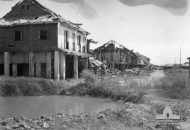
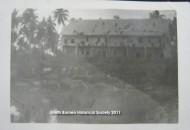


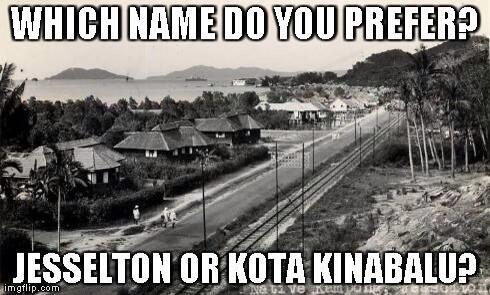
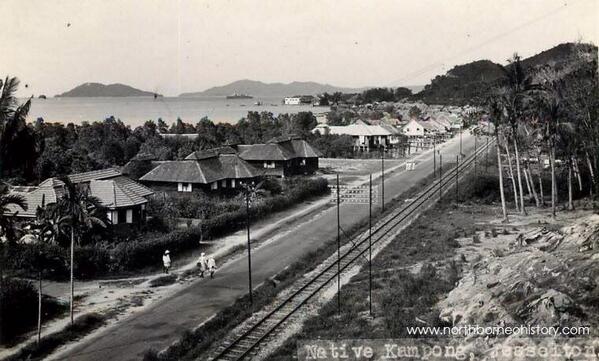
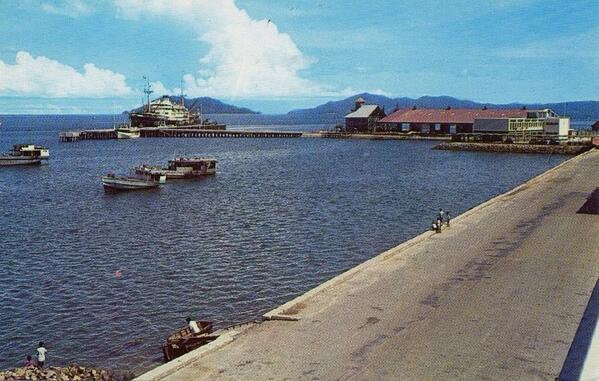
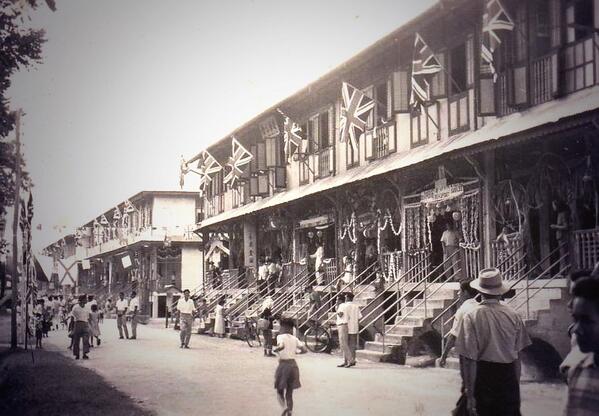
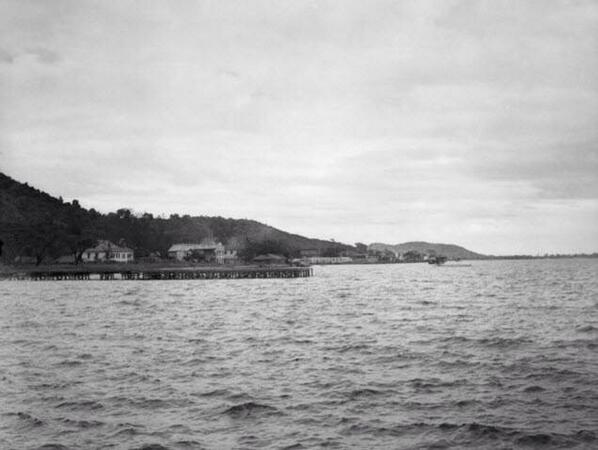
The Lord Jesus said, ” Greater love hath no man than this, that a man lay down his life for his friends. Ye are my friends, if ye do whatsoever I command you. (John 15:13,14)
Thank you to all the men that gave up their lives to fight for our PHYSICAL freedom.
Romans 5:10 For if, when we were enemies, we were reconciled to God by the death of his Son, much more, being reconciled, we shall be saved by his life.
Thank you Lord Jesus that while we were your enemies, you died for my SPIRITUAL freedom and you are the ultimate example of sacrificial love. I am no longer God’s enemy if I do what God commands me to do in His Holy Bible.
[...] SandakanDeathMarch, NorthBorneoHistory, iiNet, Borneo.com.au, [...]